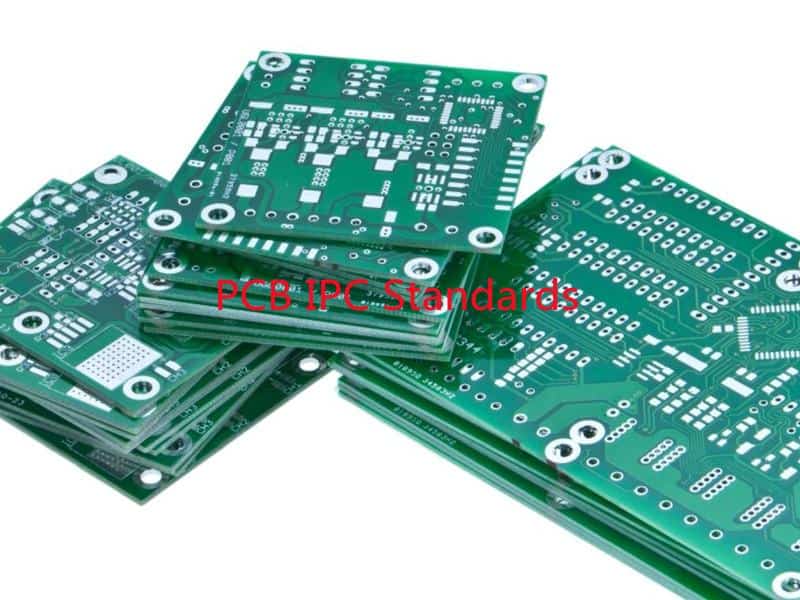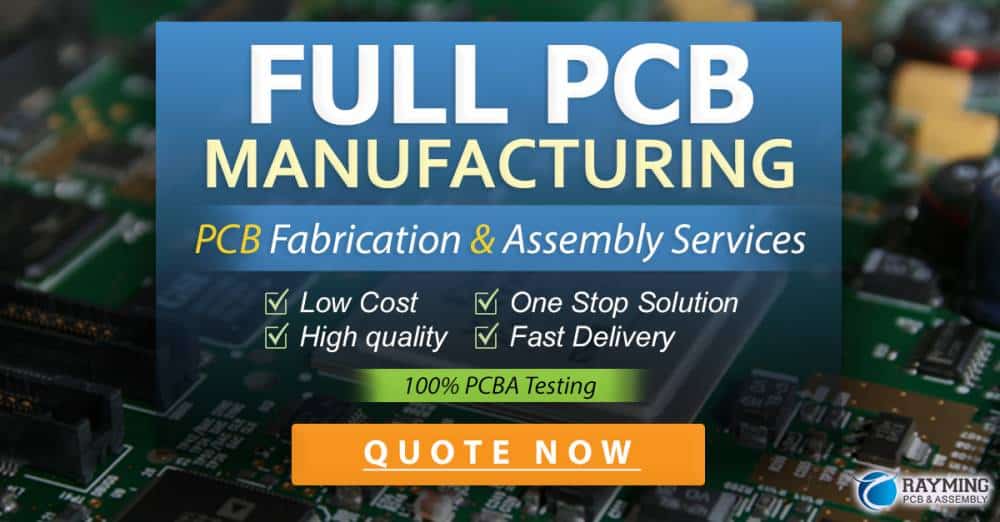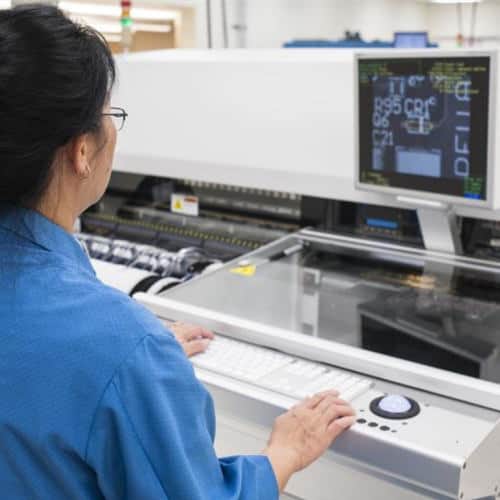The PCB industry sets out certain standards for evaluating the quality and functionality of a circuit board. These standards determine the success of PCB fabrication. The IPC standard is a popular standard in the industry. It enables the production of reliable and high-quality electronics. Also, this standard is implemented across the electronics and PCB industry.
What is an IPC PCB?
An IPC PCB is a circuit board that meets the standards of IPC. IPC refers to the institute for printed circuits. Any circuit board that meets the specifications and requirements of IPC is an IPC PCB. Most manufacturers fabricate their boards to meet the specifications of this standard. Also, IPC is a popular standard in the electronics and circuit board industry.
IPC standards play a significant role in producing circuit boards. For every stage in PCB manufacturing, there are IPC standards. For instance, IPC sets standards for design guides, schematics, file formats, PCB design software, and more. Furthermore, the standard board specifications impact the materials for PCB assemblies and surface finishes.
IPC PCB must meet all the specifications created by the IPC standard. This board must meet the standards for design, fabrication, assembly, and testing. An IPC PCB is usually fabricated to offer great performance and standard the test of time. Therefore, this board usually goes through approved testing methods. There are IPC standards that refer to the testing and inspection of circuit boards.
What is IPC Standard?

The institute for printed circuit boards (IPC) produces standards that serve as a guideline for the design, fabrication, and assembly of electronic boards. PCB designers and manufacturers must comply with these relevant standards. IPC is a trade organization for electronic connection. This organization provides industry standards for the electronic equipment assembly.
Furthermore, this organization provides standards for testing circuit boards. Currently, IPC has over 1000 standards and over 300 active standards. Electronic designers integrate these standards. Also, IPC standards set requirements for soldering, surface mount devices, and more. The IPC standards are not only integrated by PCB manufacturers, electronic manufacturing companies also depend on these standard to determine the functionality of their products.
These companies use these standards to determine if their electronic and electrical assemblies are acceptable. It is crucial to fabricate reliable and safe PCB products. Therefore, this requires paying attention to detail throughout the PCB production process.
IPC keeps issuing standards for circuit boards production. In 2010, this organization created a standard, IPC 1601. This standard offers guidelines for the handling and storage of circuit boards.
Why are IPC standards important?
IPC standards play a crucial role in the fabrication of printed circuit boards. These standards help to determine the reliability, safety, and quality of a circuit board. Also, these standards were created for all stages involved in PCB production. Also, companies need to devote their time to produce quality. Therefore, this can be only achieved through the integration of IPC standards in circuit board production. The IPC standards are crucial in achieving:
Improved product reliability and quality
IPC standards help electronic and PCB manufacturers to improve the reliability and quality of their final products. These standards improve processes and as well increase consistency in circuit boards. A company will be more competitive if its products are more reliable and perform better.
Lower cost
IPC PCB standards help to increase supply-chain efficiency. This can help to minimize resource requirements. Also, it substantially reduces production cost.
Improved reputation
Companies that adhere to IPC standards usually have good reputations. Customers see these companies as highly reputable ones. A PCB manufacturer can build its reputation.
Examples of IPC PCB Standards

IPC created several standards for PCB fabrication. Also, these standards are available for every stage of the PCB fabrication process. Here are some examples of IPC PCB standards
This is a generic standard that offers a standardized format for the exchange of design data between a PCB designer and a manufacturers. This helps to achieve consistent production results. Furthermore, IPC 2581 define the PCB manufacturing description data and its transfer process. This standard is very crucial for electronic circuit production.
IPC 2221
This standard covers almost all aspects of circuit board design. It provides details on how to implement electrical considerations like impedance control, PDN bus layouts, and conductor clearance on a circuit boards. Also, there are some pages in IPC 2221 that talks about thermal design considerations for circuit boards. IPC 221 explores different methods of heat dissipation in circuit boards. Design is an important stage of PCB manufacturing.
Some sections of this standard provide PCB designers with details on how to optimize circuit boards. For instance, the section 9 of this standard talls about interconnections and holes.
IPC 4761
This IPC standard specifies the design guidelines for the protection of via. This helps to ensure manufacturability, quality, and reliability. Also, IPC 4761 offers PCB designers on how to protect via on circuit boards. In addition, this standard details the benefits of via protection .
IPC 2223
The IPC 2223 is a standard that offers guidelines on flex PCB design. Flex PCB designers need to refer to this IPC standard. Also, IPC 2223 focuses on the design of flex PCB. Furthermore, it looks into crucial design consideration like bed radius, via placement, and coverlays for flex circuits.
Classes of Electronics According to IPC Standards

According to IPC, circuit boards in electronics production are in three different classes. Also, these classes indicate the quality of a circuit board. Below are the classes of electronic products according to IPC PCB standards.
Class 1
This is the general electronic products class. Also, this is the category that comprises most typical consumer electronics and everyday products.
Class 2
Class 2 electronic products must feature longer life span and high reliability. Also, the application environment of this product won’t cause any failure. Examples of such products include laptops and microwaves.
Class 3
Electronics products that belong to this class have the highest quality. These products must offer continued performance. Also, class 3 products must have no equipment downtime. Furthermore, the application environment may be very harsh. Example of class 3 product is a life support system. Class 3 PCBs are ideal for use in advanced medical equipment and machine learning.
Conclusion
An IPC PCB is a reliable and functional circuit board. This PCB is the most sought after among electronics manufacturers. An IPC PCB is safe for both humans and the environment.

